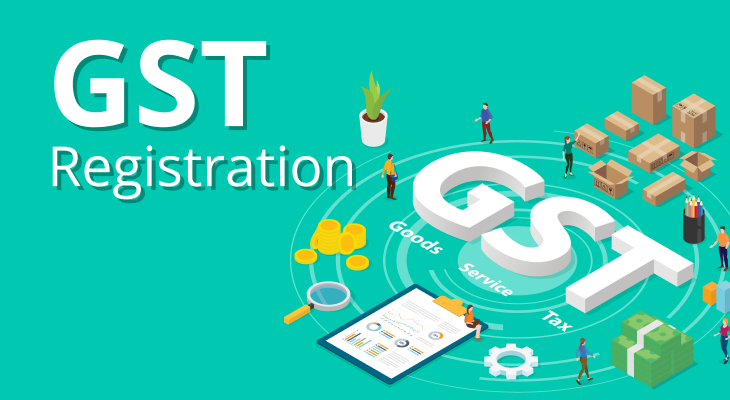Registration under GST

Registration is the most fundamental requirement for the identification of taxpayers ensuring tax compliance in the economy. Registration of any business entity under the GST Law implies obtaining a unique number from the concerned tax authorities for the purpose of collecting tax on behalf of the government and to avail of Input tax credit for the taxes on inward supplies.
Without GST registration, a person can neither collect tax from his customers nor claim any input tax credit of tax paid by him.
Need and advantages of registration
- Registered person is legally recognized as a supplier of goods or services.
- Registered person is legally authorized to collect tax from his customers and pass on the credit of the taxes paid on the goods or services supplied to the purchasers/ recipients.
- Claim input tax credit of taxes paid and can utilize the same for payment of taxes due on supply of goods or services.
- Seamless flow of Input Tax Credit from suppliers to recipients at the national level.
Liability to register
GST being a tax on the event of “supply”, every supplier other than supply of service needs to get registered. However, small businesses having all India aggregate turnover below Rupees 40 lakh (Rupees 20 lakh if the business is in Assam, Arunachal Pradesh, Himachal Pradesh, Uttarakhand, Manipur, Mizoram, Sikkim, Meghalaya, Nagaland or Tripura) need not register. The small businesses, having turnover below the threshold limit can, however, voluntarily opt to register.
In the case of the supply of service all over India aggregate turnover below INR 20 lakh need not register.
Some suppliers need to register compulsorily irrespective of the size of their turnover.
Nature of Registration
The registration in GST is PAN-based and State specific. The supplier has to register in each of such State or Union Territories from where the effects supply. In GST registration, the supplier is allotted a 15-digit GST identification number called “GSTIN” and a certificate of registration incorporating therein this GSTIN is made available to the applicant on the GSTN common portal. The first 2 digits of the GSTIN is the State code, the next 10 digits are the PAN of the legal entity, the next two digits are for entity code, and the last digit is the checksum number. Registration under GST is not tax specific which means that there is a single registration for all the taxes i.e. CGST, SGST/UTGST, IGST, and cesses.
Procedure for Registration
An application has to be submitted online through the common portal (GSTN) within thirty days from the date when the liability to register arose. All the documents would have to be enclosed in the online application. The Proper Officer has to either raise a query or may visit the premises for physical verification of office or documents or approve the grant of registration within fifteen working days. In case of any query is raised applicant would have to respond within seven working days. The proper officer would have to grant or reject the application for registration within seven working days thereafter.
Income Tax RegistrationApplicability of Income Tax RatesGet DSCNew Tax Scheme